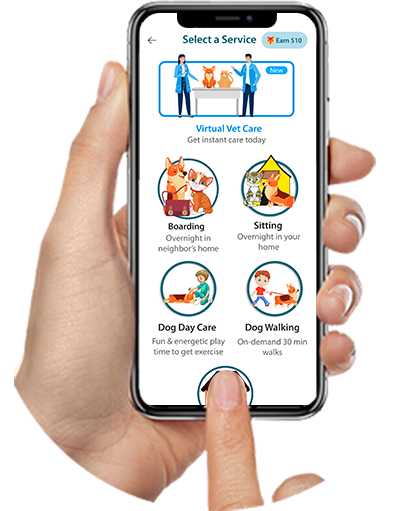Diabetes is a disorder that affects both humans and dogs. While the condition is manageable, it requires attention and treatment to ensure the well-being of our furry companions. Like us our pets can also suffer from different forms of Diabetes
Type 1 Diabetes: This is an insulin-deficiency diabetes, where the dog’s body does not produce enough insulin. It is less common than Type 2 in dogs.
Type 2 Diabetes: This is an insulin-resistance diabetes, where the dog’s body has an inadequate response to insulin. It is more common and often linked to obesity, lack of exercise, and certain breed predispositions.
Dogs with Diabetes often show symptoms of Lethargy,Excessive thirst and increased urination,Weight loss despite increased appetite,Cloudy eyes and Chronic or recurring infections.
Let’s look into the causes, preventive measures, and treatment options for diabetes in dogs.
Causes:
Diabetes in dogs occurs when the pancreas fails to produce enough insulin or when the body’s cells become resistant to insulin. Insulin is a hormone that regulates blood sugar levels, and its deficiency or ineffectiveness results in elevated blood glucose levels. The exact causes of diabetes in dogs are not fully understood, but genetics, obesity, autoimmune diseases, and some medications might play a crucial role in causing diabetes.
Preventive Measures:
While some risk factors for diabetes, such as genetics, cannot be controlled, there are various preventive measures that pet owners can take to reduce the likelihood of their dogs developing the condition:
Healthy Diet:
Feeding your furry friend a diet rich in high-quality proteins, fiber, and complex carbohydrates. Avoiding excessive treats and foods high in sugar or fat, as they can contribute to obesity and insulin resistance in dogs.
Regular Exercise:
Promoting regular physical activity can help in maintaining a healthy weight and regulate blood sugar levels. Aiming for daily walks, play sessions, and other forms of exercise that suit your dog’s age and abilities can be a crucial method of controlling your insulin levels.
Routine Veterinary Care:
Scheduling regular check-ups with a veterinarian to monitor your dog’s overall health and detect any potential signs of diabetes. It is advisable to do blood tests and other diagnostic screenings regularly to assess your dog’s risk and recommend appropriate preventive measures.
Here are some tips on nutrition and wellness for dogs with diabetes:
Feeding a high-fiber, low-fat, and low-simple carbohydrate diet. Complex carbs like those found in vegetables and whole grains are better for regulating blood sugar levels.
Avoid foods high in simple sugars like commercial dog treats. Opt for low-calorie veggie treats instead.
Discuss nutritional supplements like omega-3s with your vet as they may help with diabetes management.
Ensuring that your dog gets daily exercise through walk or playtime to help regulate blood sugar and prevent weight gain.
Monitor for signs of low blood sugar like lethargy, shaking, and seizures, and have a treatment plan ready.
Keep your dog well-hydrated, as dogs with diabetes are prone to excessive thirst and urination.
Maintain regular veterinary check ups to monitor diabetes and watch for complications like cataracts or urinary tract infections.
Diabetes is a manageable condition in dogs, but it requires commitment and diligence on the part of pet owners. By taking preventive measures, such as promoting a healthy diet, regular exercise, and weight management, you can help reduce the risk of diabetes in your furry friend. If your dog is diagnosed with diabetes, work closely with your veterinarian to develop a comprehensive treatment plan tailored to your dog’s individual needs. With proper care and monitoring, dogs with diabetes can lead happy, fulfilling lives alongside their loving owners.




 Expert advice on healthcare, nutrition, behavior and all your pet needs!
Expert advice on healthcare, nutrition, behavior and all your pet needs! 







